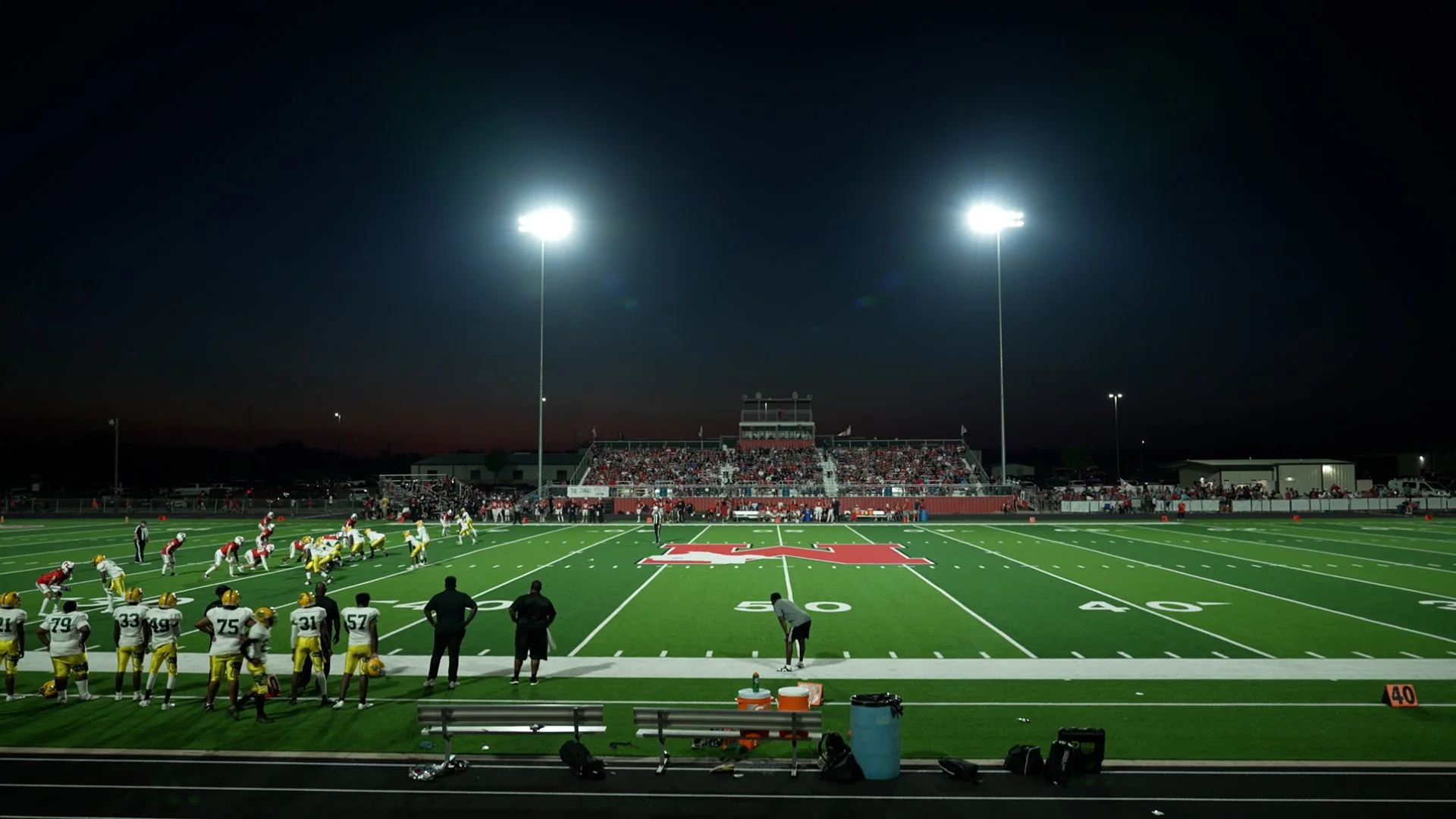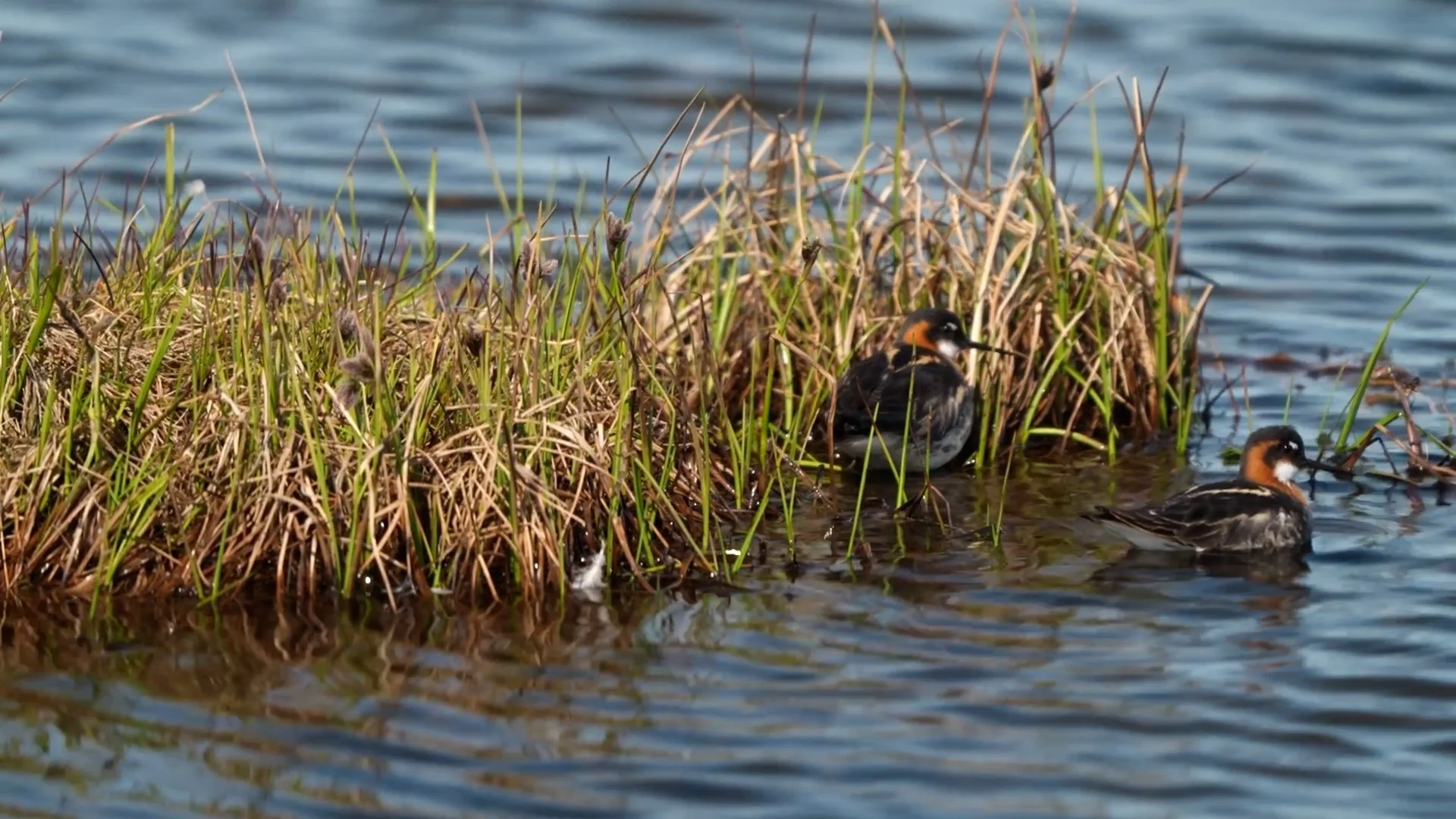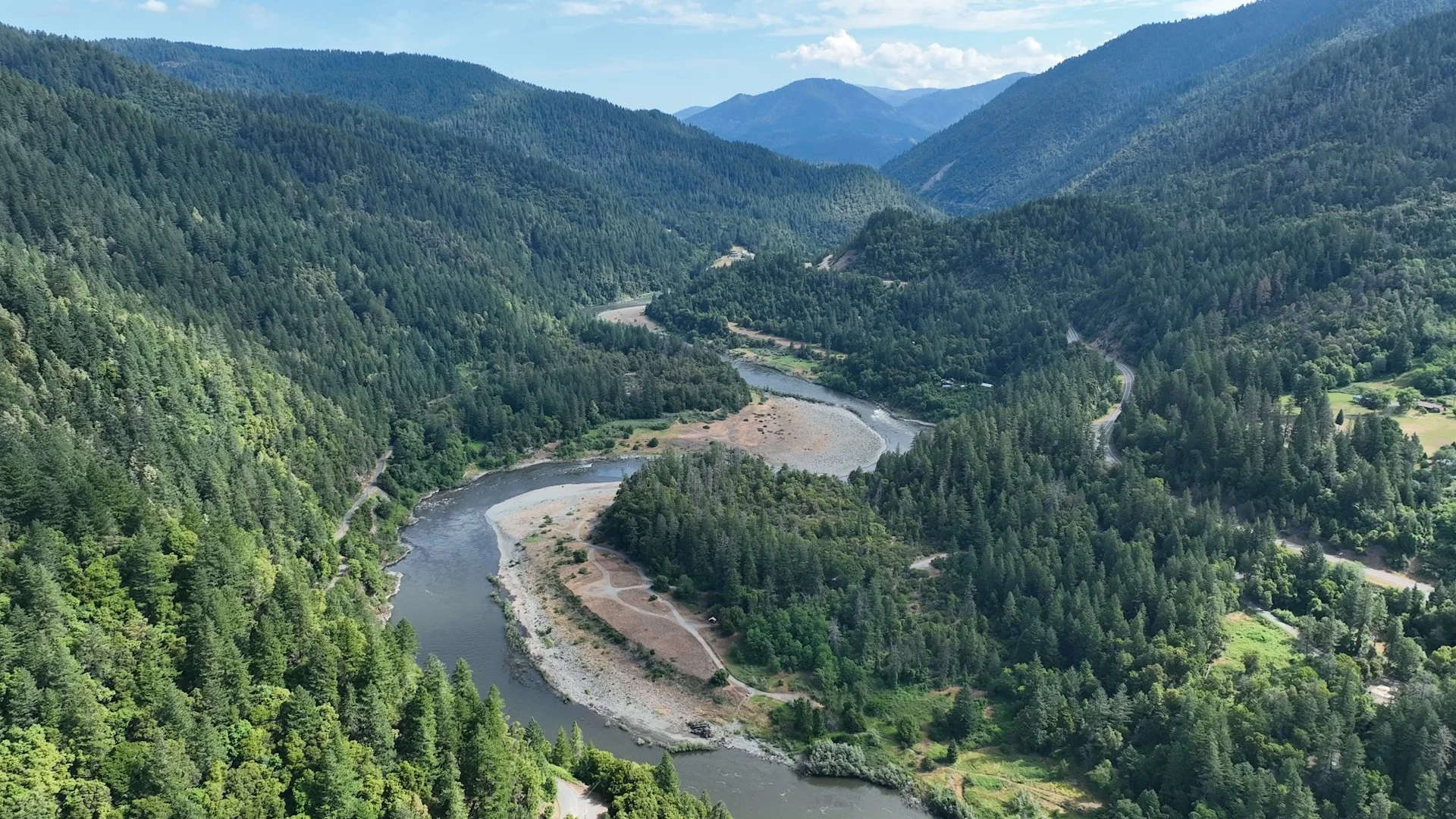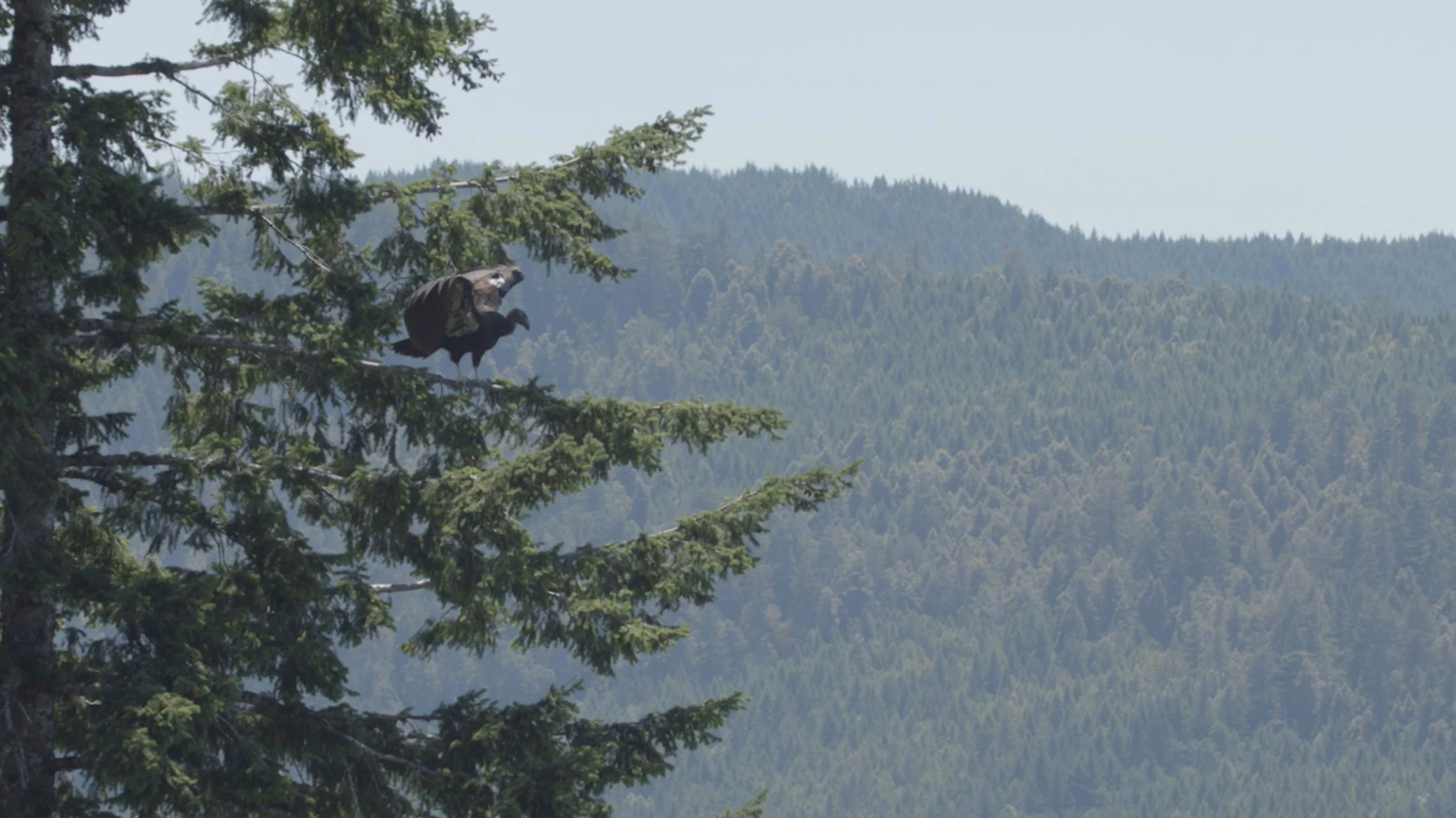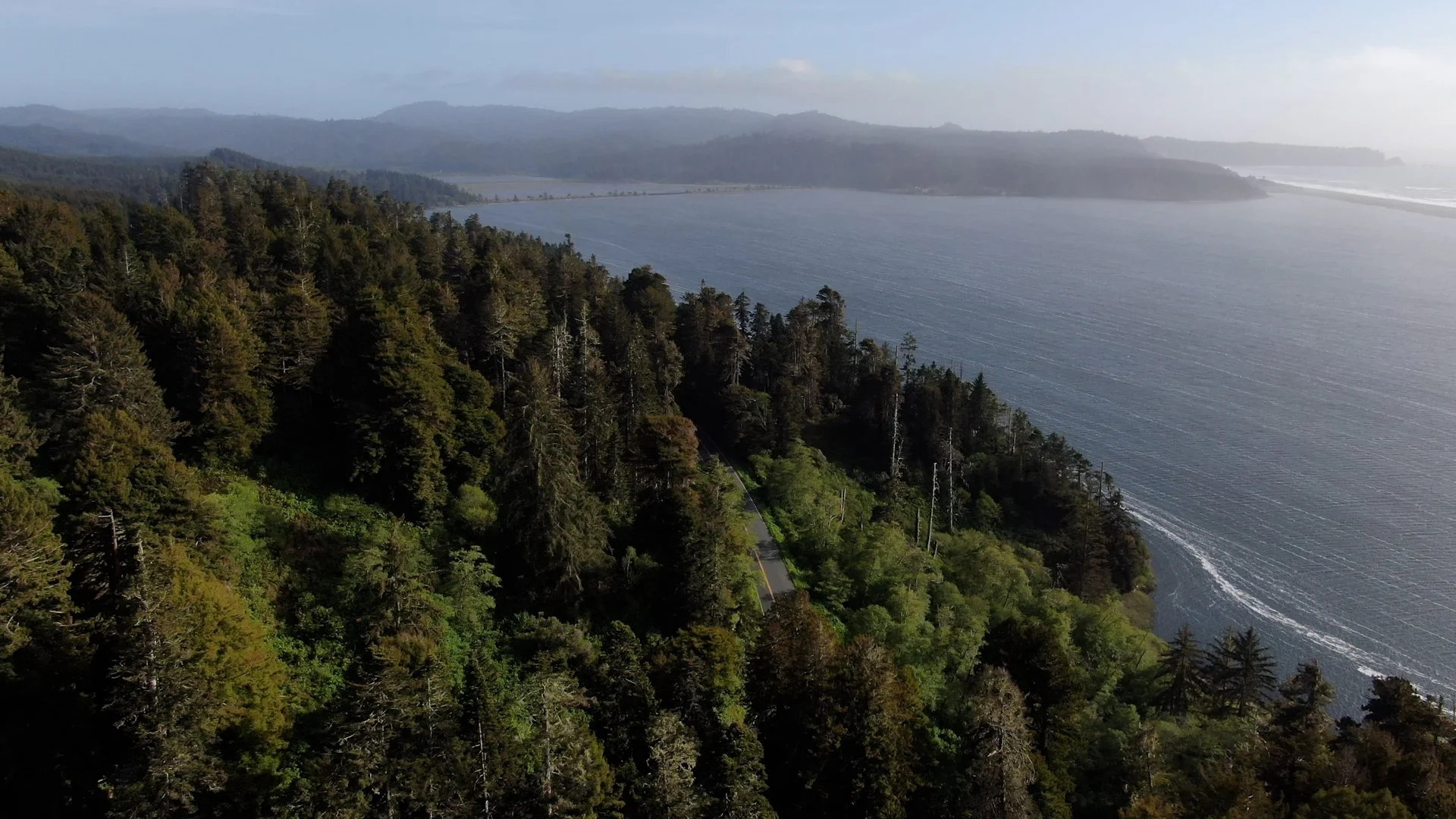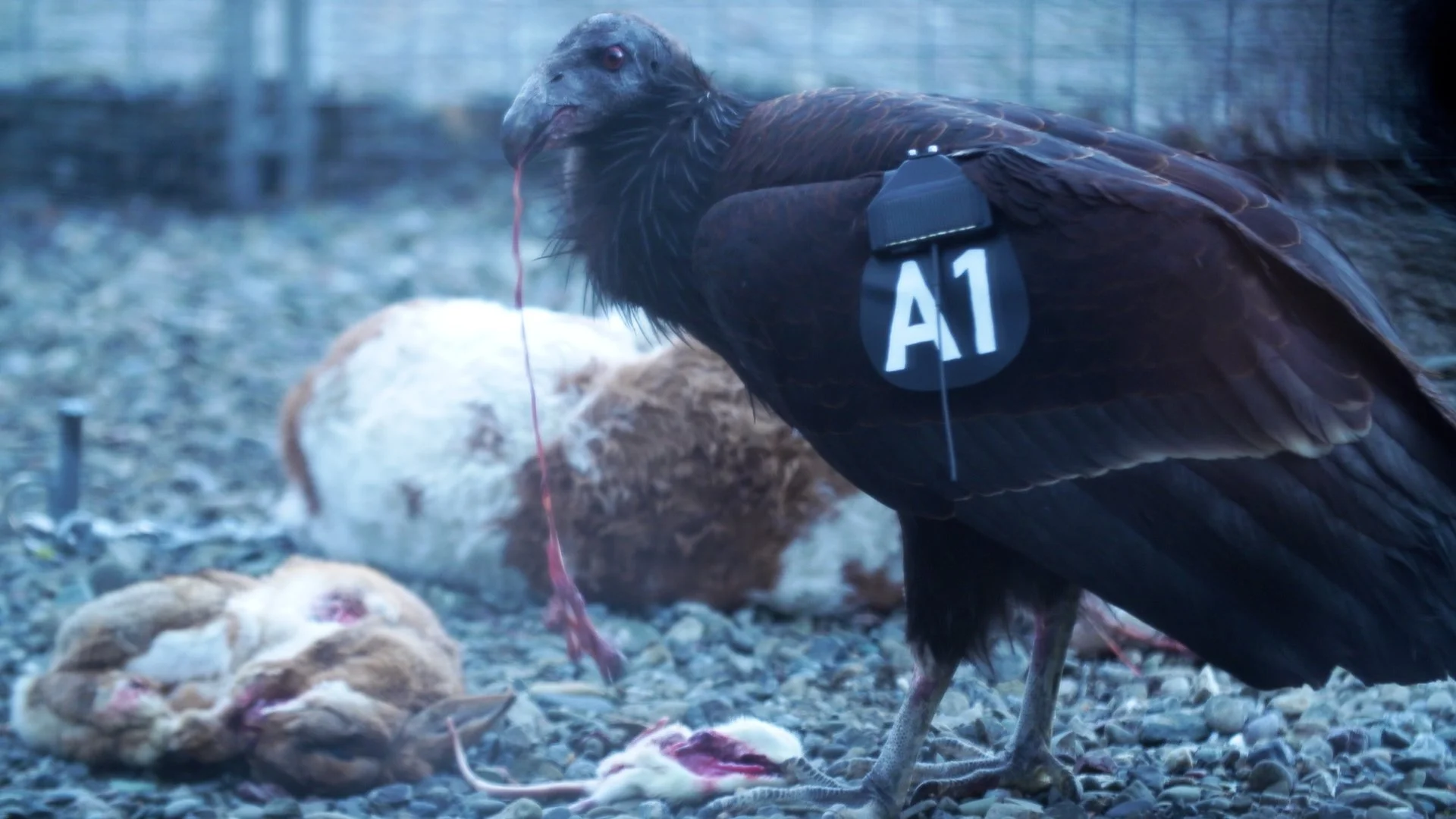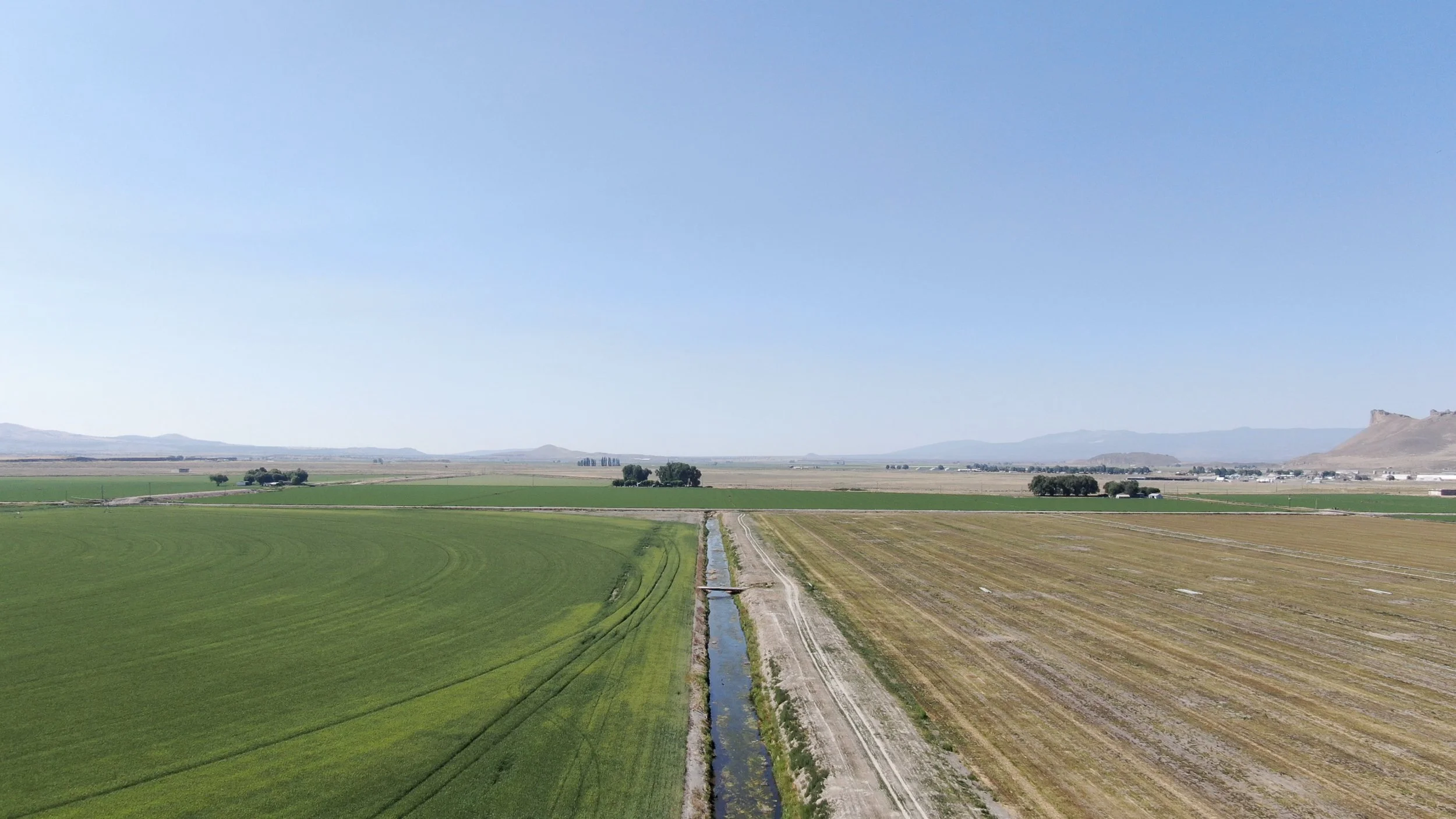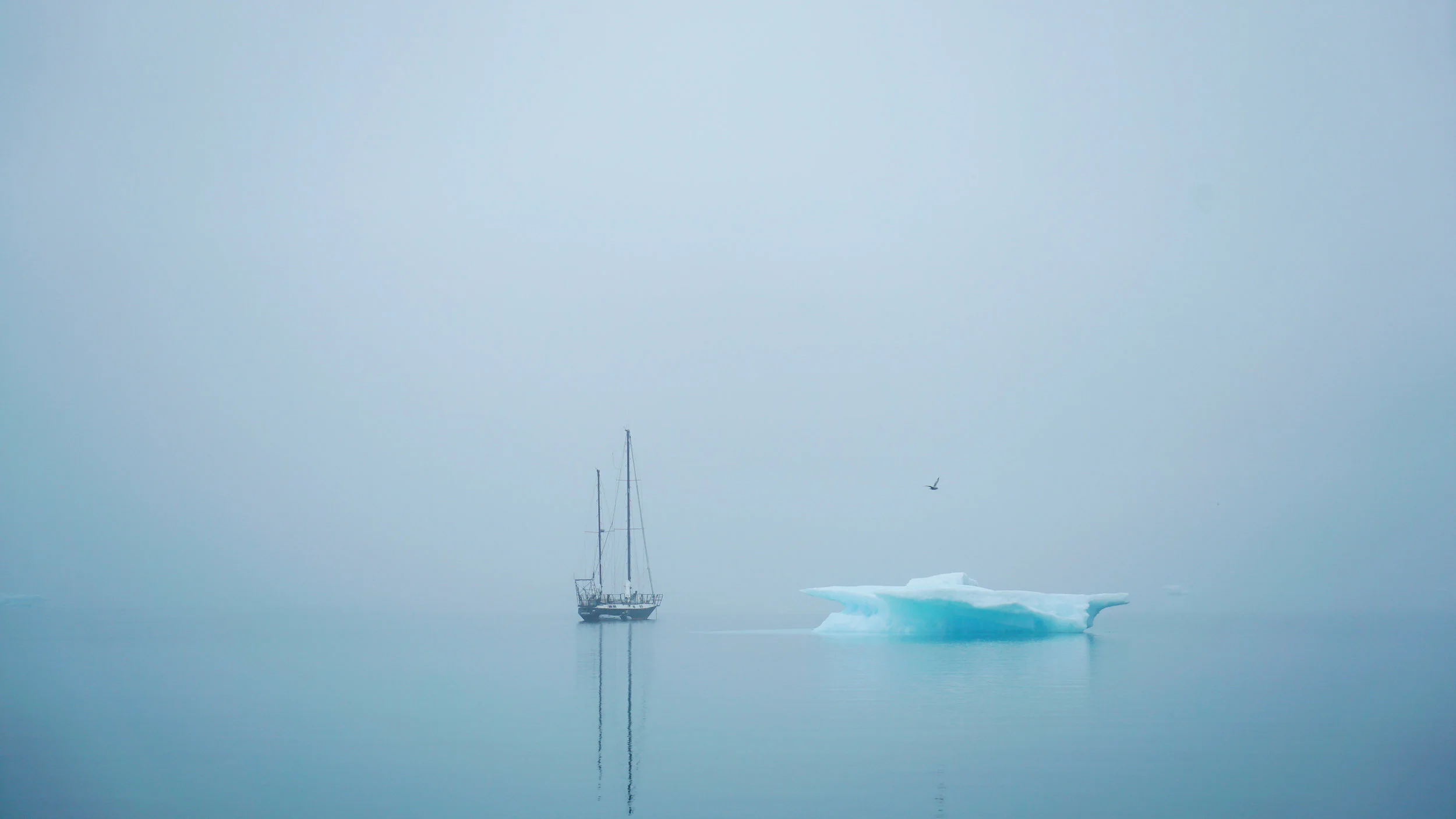Projects
The ‘Perfect’ Predator | How a police chief groomed a Texas town.
The new police chief quickly impressed the small Texas community he’d sworn to protect. He started a Christmas charity event. He checked on elderly neighbors. He seemed especially good, residents noted, with troubled teenagers.
The people of Maypearl trusted Police Chief Kevin Coffey.
But few were aware that Maypearl was the eighth law enforcement agency that Coffey had worked at in 11 years. Fewer knew that there was a trail of accusations and secrets in his past. And none could have predicted the destruction he would wreak in their town.
Like Maypearl, nearly half of all local police departments across America have fewer than 10 full-time sworn officers. Their chiefs wield tremendous power. A Post investigation identified 47 heads of law enforcement agencies who were charged with crimes involving child sexual abuse from 2005 through 2022. Three-quarters of them worked in departments with less than 10 cops.
Over the course of a year, I worked closely with my colleagues to comb through documents, messages, and first-person accounts to understand what went wrong. The end result is a visual-first multimedia package putting the voices of the survivors at the forefront.
You can view the entire project at: https://www.washingtonpost.com/investigations/interactive/2024/texas-police-chief-kevin-coffey-child-sexual-abuse/
What to do about one of America’s last wild places | Alaska’s Arctic National Wildlife Refuge remains one of America’s most pristine places — this fall’s election could decide whether the U.S. drills for oil there.
Alaska’s Arctic National Wildlife Refuge ranks as one of the wildest places on Earth. In the winter, it’s a haven for some of the last polar bears that traverse land and sea. In the summer, millions of birds descend to build their nests and gather fuel for their journey south. The Porcupine caribou herd embarks on one of the longest land migrations of any mammal on Earth, from their winter range to their calving grounds in the refuge.
But it is the people who have fought over this expanse for half a century. The battle pits many Alaskans, along with the oil industry and Republican officials, against environmentalists, most Democrats and many wildlife scientists.
We spent several days hiking dozens of miles in the heart of the wilderness in order to document the wildlife that have come to depend on this stretch of wilderness – as well as the people who are fighting to decide its fate from both within its borders and thousands of miles away.
The end result is a sweeping and immersive multimedia story that demonstrates in stunning visuals what makes this place loom so large in the imagination of so many. And what’s at stake if the land gets opened up to drilling and development.
You can view the entire project at: https://www.washingtonpost.com/climate-environment/interactive/2024/arctic-national-wildlife-refuge-oil/
Nature, Undammed | The largest-ever dam removal is underway, a milestone in the nation’s reckoning over its past attempts to bend nature to human will.
2023 marked the beginning of the largest-ever dam removal in U.S. history, a milestone in the nation’s reckoning over its past attempts to bend nature to human will.
The Klamath River dams, built between the early 1900s and 1960s, fundamentally reshaped one of the West’s most important watersheds. They electrified this hard-to-reach part of the country for the first time, powering the nation’s vision of a Manifest Destiny. But these hydropower dams also devastated the salmon population and the Indigenous tribes who had subsisted on the fish for millennia. For many Native people here, the structures always have been monuments to American imperialism.
“It’s like you’re removing a clot — we’ve got four clots in our artery,” said Charley Reed, who grew up along the river and descends from the Hupa, Yurok and Karuk tribes, three of the Native groups who consider the Klamath their sacred and spiritual lifeblood. “And now we’re getting surgery done.”
You can view the entire project at: https://www.washingtonpost.com/climate-solutions/interactive/2023/klamath-river-dam-removal/
Flight of the Condors | Once pushed to the brink of extinction, condors are soaring in Northern California skies again with the help of an Indigenous tribe and a team of scientists.
Among the world’s tallest trees, next to the world’s biggest ocean and along the state’s longest highway, the largest birds in North America are returning to Northern California after a 130-year absence.
Over the course of several months, my colleagues and I documented the unlikely and triumphant return of California Condors to their ancestral range in Northern California.
In the 1800s, California condors were the heartbeat of the region, soaring higher than any bird. But humans pushed the condors to the brink of extinction. Now, the Northern California Condor Restoration Program, the native Yurok Tribe and government agencies have introduced a program to blend the species back into the natural landscape of the Pacific Northwest over the next two decades.
You can view the entire project at: https://www.washingtonpost.com/climate-solutions/interactive/2022/california-condors-yurok-program-extinction/
Klamath River Basin Drought | Climate change fuels a water rights conflict built on over a century of broken promises.
For more than a century, the federal government has overseen an intricate and imperfect system of water distribution intended to sustain an ecosystem and an economy. The whole precarious balance was based on the assumption that enough snow would always fall, and melt, and fill the vast watershed of the Klamath River Basin, which straddles the border of California and Oregon and is home to about 124,000 people.
But in 2021, the region buckled under one of the worst droughts ever recorded.
My colleagues and I traveled the length of the Klamath River Basin in order to document how the extreme effects of climate-related drought have worsened a long-existing conflict between Native Americans and farmers and ranchers, all fighting for the resource essential to their survival.
You can view the entire project here: https://www.washingtonpost.com/nation/interactive/2021/klamath-river-basin-drought/
The Arctic Dilemma | Scientists set out to explore the Arctic's fabled waters. But they could also alter its future.
The resulting multimedia package is an immersive experience that combines video and text into one seamless project. We wanted both mediums to work in tandem and provide viewers a rare glimpse into one of the most remote places on the planet: the Arctic Ocean.
You can view the entire project at: http://wapo.st/arcticdilemma

